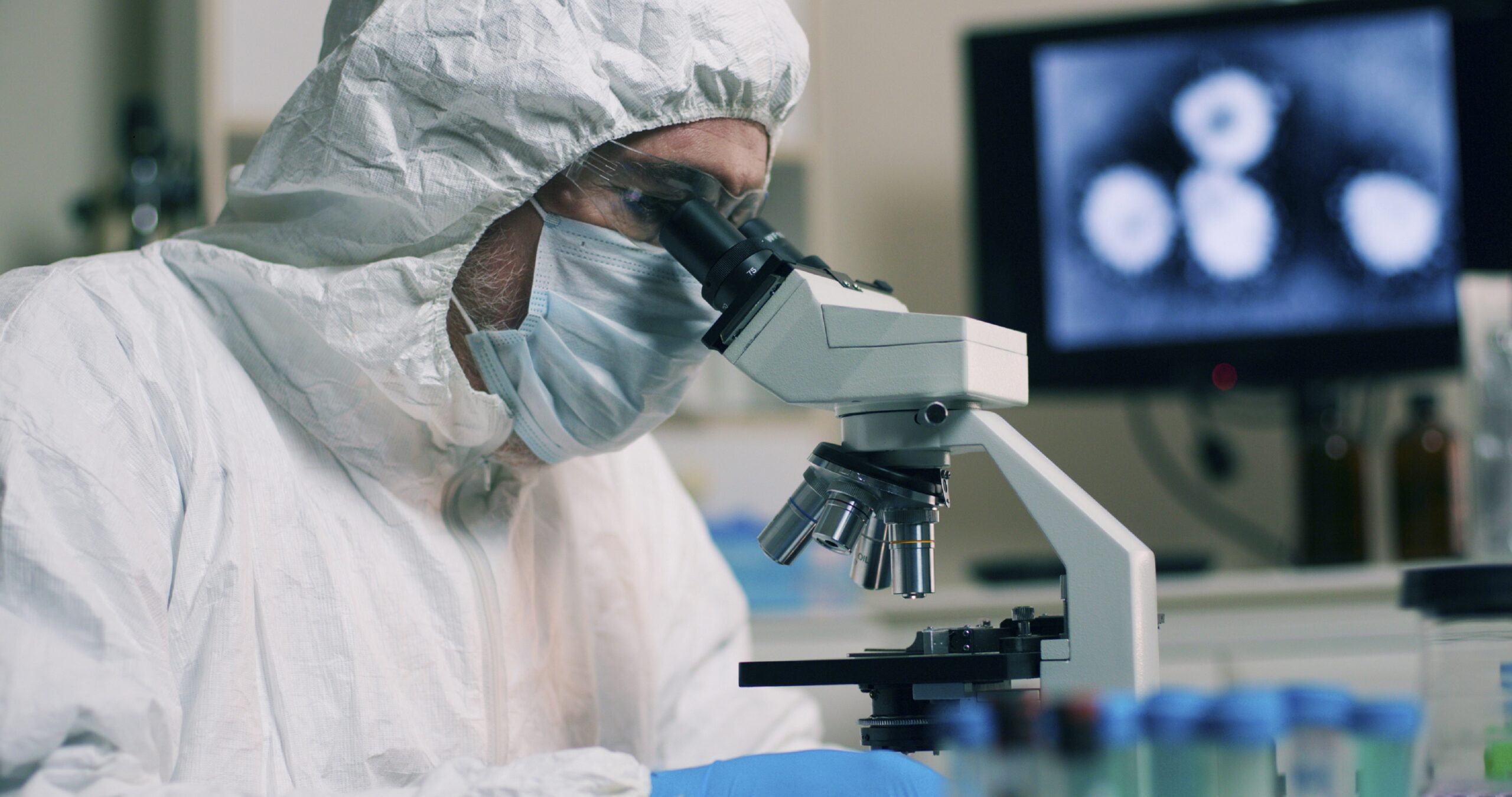Cancer: New Insights into Protein for Cancer Diagnostics
The protein Ki-67 has been used for decades for examinations aimed at determining whether a tumor is a benign change or a malignant tumor disease. Researchers have now deciphered the formation of the cancer protein Ki-67.
How can doctors tell whether a conspicuous tissue change is a benign or malignant tumor disease? When diagnosing cancer, they analyze, among other things, whether the protein Ki-67 occurs in the tissue. Scientists at the University of Leipzig have now found out how the protein Ki-67 is formed. The discovery was made in the journal “Cell Death & Differentiation” released.
Protein has been used for research for decades
Like it in a Message the University of Leipzig, doctors are often faced with the question of whether a tumor is a benign change or a malignant tumor. Usually a pathologist then examines a tissue sample for changes compared to the normal picture.
The occurrence of a protein called Ki-67 is also checked regularly. The more of it is found in the sample, the more often the cells of the tissue divide. After examining the tissue properties, a decision is made as to whether there is a benign change or whether action is required due to a malignant tumor disease. Ki-67 has been used worldwide for such standard examinations for over thirty years.
According to the information, the decisive property of Ki-67 is its appearance in the cells of a tissue during division. Because this protein is always created when a cell divides. “Although it is precisely this property that is of central importance for its importance in tumor diagnostics, it was not previously known how this specific development occurs,” explains Kurt Engeland, Professor of Molecular Oncology at the Medical Faculty.
Creation and regulation of Ki-67 clarified
His research team at the University Women’s Clinic has now clarified the origin and regulation of Ki-67. The researchers led by Prof. Engeland describe that the production of Ki-67 in tissues that do not grow is suppressed. This braking of the Ki-67 formation is therefore mediated via a protein called DREAM. According to the experts, the function of DREAM is related to the protein p53, the most well-known tumor suppressor. Tumor suppressors suppress the development of cancer.
The scientists at Leipzig University Medical Center have found out how the production of Ki-67 is controlled by DREAM. In tumor tissue, there is increased cell division and Ki-67 synthesis, since DREAM and other factors lose their cell division-inhibiting function and the tumor suppressor p53 usually fails.
“Through our research, we have now shown how Ki-67 is created in dividing cells and why the protein is so useful for cancer diagnosis,” says Prof. Engeland. (ad)
Author and source information
This text complies with the requirements of specialist medical literature, medical guidelines and current studies and has been checked by medical professionals.
–
Sources:
- University of Leipzig: Formation of the cancer protein Ki-67 decoded, (accessed: 05.01.2022), University of Leipzig
- Sigrid Uxa, Paola Castillo-Binder, Robin Kohler, Konstanze Stangner, Gerd A. Müller & Kurt Engeland: Ki-67 gene expression; in: Cell Death & Differentiation, (published: June 28, 2021), Cell Death & Differentiation
–
–
–
Important NOTE:
This article is for general guidance only and is not intended to be used for self-diagnosis or self-treatment. He can not substitute a visit at the doctor.
–
– .


